
1. That’s because the Australian AI and deep learning innovator is a catalyst for the autonomy revolution. Advanced Navigation’s solutions and robotics are everywhere you can imagine, from 10,000 feet under the oceans to deep space. Closer to home, Advanced Navigation has a hand in technologies that are writing the future, such as drone delivery, driverless cars, and aerial taxis.
Funding Innovation

In November, Advanced Navigation and leading global investment firm KKR announced a $68 million Series B funding round with investors such as former prime minister Malcolm Turnbull and bringing on the likes of deep learning venture firm AI Capital.
“The technology we’ve developed, and are developing, excites a lot of people,” CEO and co-founder Xavier Orr told BOSS. “That autonomy revolution that is core to the company’s mission is something a lot of people want to get more involved with. We’re seeing a lot of high-profile individuals share their confidence in our vision. It’s been great to have such backing.”
Orr couldn’t go into specifics on exactly what new technologies the money would go toward, but among what is public is LiDAV (light detection altimetry and velocimetry), which Orr described as like “a new version of LiDAR. It has exciting applications for driverless cars and air taxis, he said, but most interestingly it’s being used on NASA’s Artemis moon mission for commercial lunar payload services. LiDAV can use lasers to detect a vehicle’s velocity and relation to the lunar surface in 3D. This will help with autonomous landing on the moon and with exploration of the moon’s surface.
Wherever conditions make it difficult or impossible to see, LiDAV guides the way with extreme accuracy and precision.
Performance Under Pressure

Advanced Navigation’s solutions have a broad array of applications, from driverless boats and surveying on the ocean’s surface, to autonomous agriculture and surveying on land, to quadrotor surveying, drones, and blimps in the air, not to mention defense capabilities across the board. It’s in the deep ocean and in deep space where the most impressive feats can take place.
The company’s Hydrus underwater drones operate as far as 10,000 feet below the surface, performing hydrography, undersea survey, ROV and AUV control and navigation, reef and habitat monitoring, research, and inspection of critical infrastructure.
“Deep sea is probably the most challenging of all,” Orr said. “You have 300 times the pressure of Earth’s atmosphere. You have a saltwater environment that’s very corrosive. You have fouling that attaches to your vehicles. Radio waves don’t work underwater. In terms of communication there’s not a lot of options.”
Because of these engineering challenges, Hydrus took years to develop, but Advanced Navigation worked out the sonar and inertial technologies necessary to make it work. Comparatively, the high vibration, radiation, and vacuum of space are a breeze. Orr did admit that the dynamics of the Red Bull air races which demand pinpoint accuracy under forces of up to 10 Gs might be as challenging as the deep sea.
AI & Neural Networks

Advanced Navigation has its roots in Orr’s days at school, when he wrote a thesis on the application of neural networks to inertial navigation. At the time, navigation systems were using the Kalman filter, an algorithm from the 1960s that attempts to linearize non-linear problems. He discovered that neural networks did the same and yielded much better results. In 2012, he and Chris Shaw co-founded the company to commercialize this technology, using image recognition to identify and follow objects in real time, a keystone of the autonomous revolution.
In the next few years, Advanced Navigation will keep pushing the envelope of what’s possible in autonomy. Throughout these developments, sustainability will be at the forefront for Advanced Navigation, which is carbon-neutral and ISO 14001-certified.
“We have some really exciting deep technologies in development,” Orr said. “We’ve also got a number of acquisitions in the pipeline at the moment.
“Looking forward, where we see the most excitement occurring from here is things like drone deliveries, driverless cars, and aerial taxis. I think these are three autonomous system applications that are going to change the way we live.”
If they can get drones to behave 10,000 feet underwater, we’ll feel pretty comfortable taking a ride.
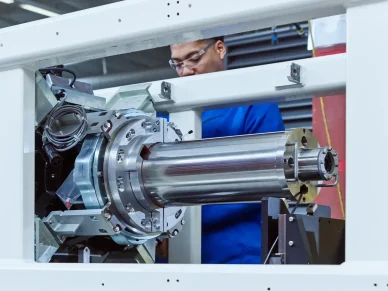


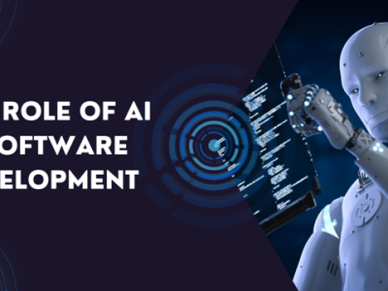
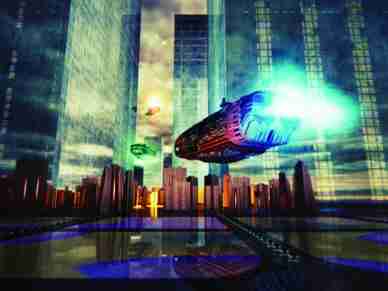
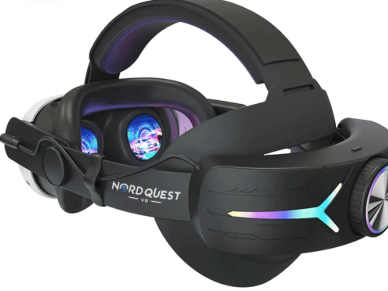




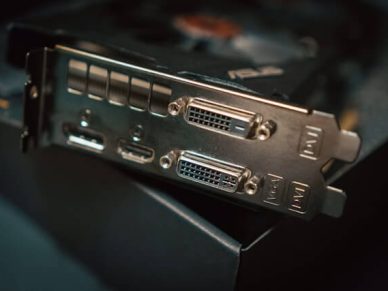





Leave a Reply